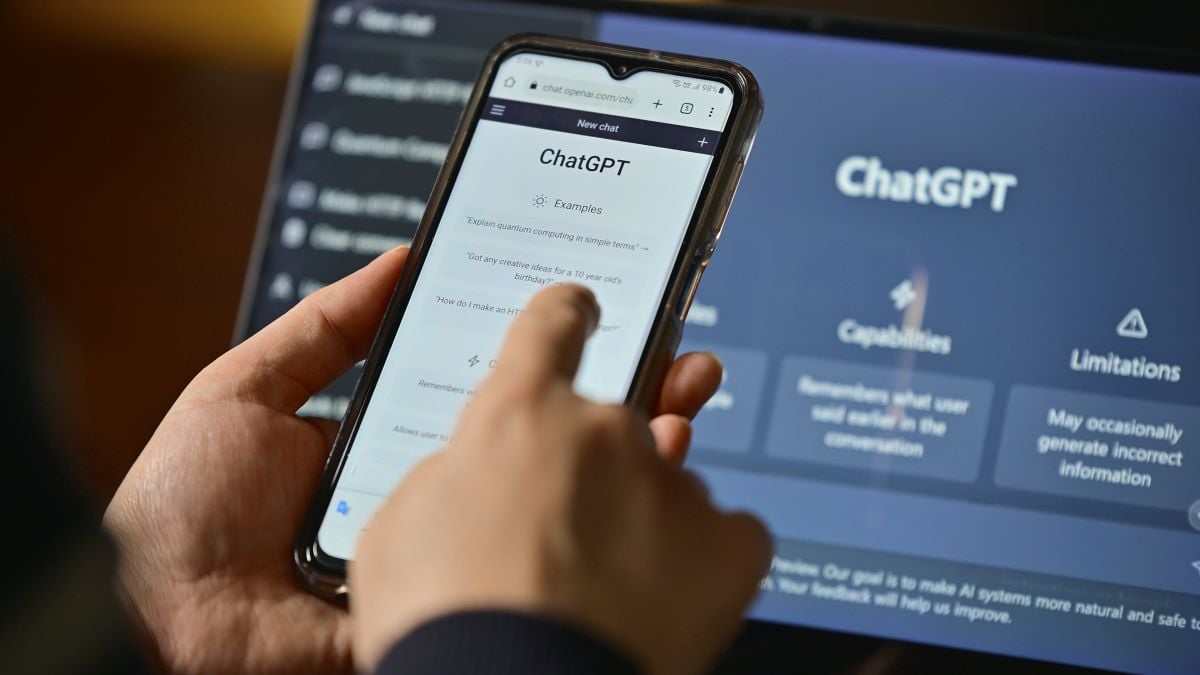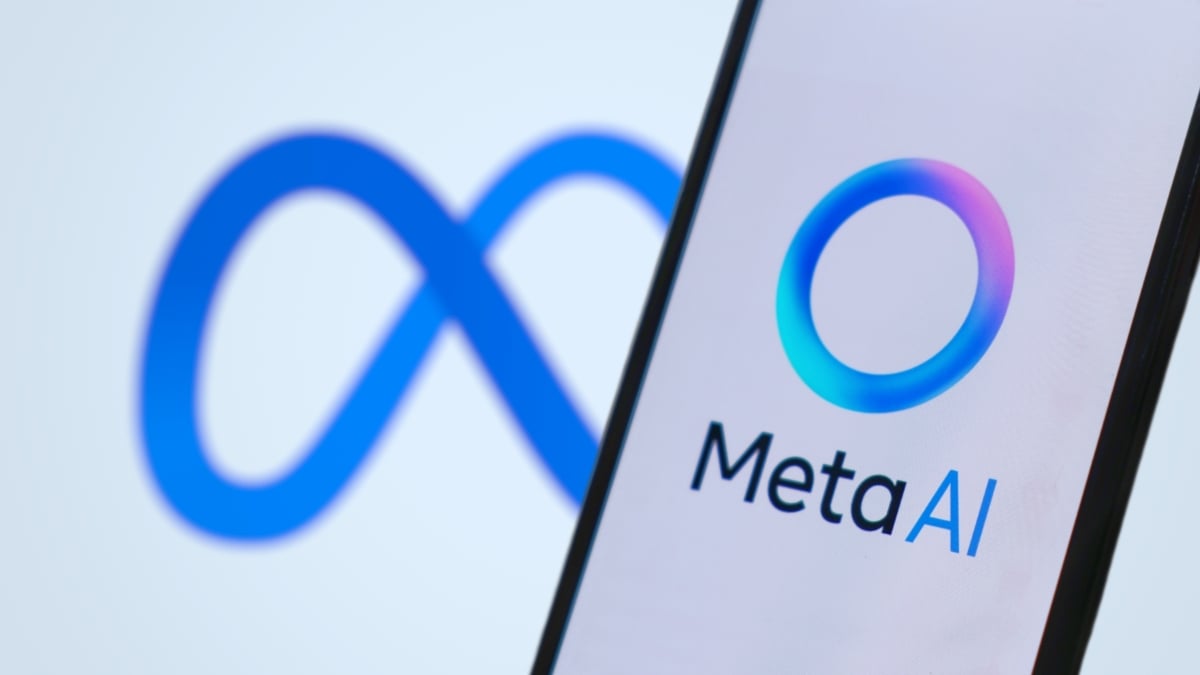ChatGPT-4.5 launched

OpenAI is rolling out an early version of a long-awaited new artificial intelligence model called GPT-4.5 to select users after hitting stumbling blocks in developing the AI system last year.
In a blog post Thursday, the San Francisco-based AI startup said GPT-4.5 is better at picking up on and responding to subtle cues from users’ written prompts and is particularly adept at chatting, writing and coding.
OpenAI also expects the new model to make things up less often than its prior software.
At first, OpenAI is offering the model as a “research preview” to a limited group of software developers and users who pay $200 (R3,698) a month for a ChatGPT Pro subscription.
The company plans to incorporate feedback from the first people who try it out before rolling it out to a broader audience.
OpenAI kicked off a frenzy around generative AI in late 2022 with the launch of ChatGPT, which was originally powered by an earlier model called GPT-3.5.
Since then, the company has released a series of increasingly sophisticated systems, including multiple options that mimic the process of human reasoning.
But OpenAI also faces heightened competition from Chinese upstart DeepSeek, Elon Musk’s xAI and Anthropic, each of which have introduced new models in recent weeks.
Nick Ryder, a vice president of research at OpenAI, told Bloomberg News that he expects GPT-4.5 to represent as big a jump in capabilities from its existing top-of-the-line GPT model as the company saw from GPT-3.5 to GPT-4, which came out in early 2023.
Building it proved to be a challenge, however.
The model, referred to as Orion inside the company, did not hit OpenAI’s desired performance benchmarks last year, Bloomberg News previously reported.
As of late summer, for example, Orion fell short when trying to answer coding questions that it hadn’t been trained on, according to people familiar with the matter.
One issue OpenAI and other developers faced was finding new, untapped sources of high-quality training data to develop more advanced AI systems.
OpenAI relied on a process called post-training, during which it incorporates human feedback to improve responses and refine the tone for how the model should interact with users, among other things.
The company also came up with new ways to train the model by using data derived from the information used to train its existing GPT-4.0 model, said Mia Glaese, also a vice president of research at the company.
The release of GPT-4.5 will mark the end of an era of sorts for OpenAI. In a post on X earlier this month, OpenAI Chief Executive Officer Sam Altman said the model would be the last that the company introduces that doesn’t use additional computing power to ponder over queries before responding.
OpenAI has embraced this reasoning approach with some of its newer models, including o1 and o3.
Going forward, OpenAI will move to combine its GPT models with its newer o-series of models to build AI systems that can automatically determine how long to ruminate over a query before spitting out an answer.
The goal, Altman said, is to simplify the experience so users aren’t forced to choose from an increasingly complicated list of options.
































